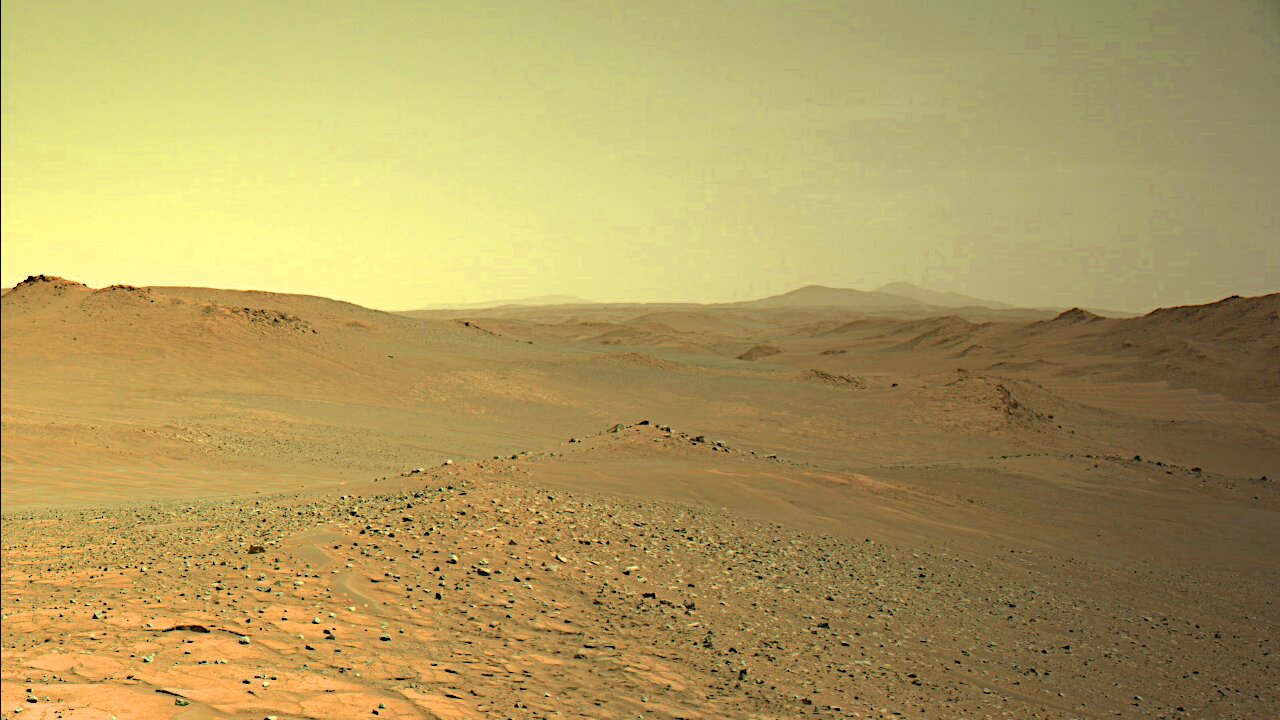Premium Only Content

NASA's Newly Released Images Of MARS #104 (2025)
#cosmos #nasamars #marsorbiter #spaceexploration #spacetravel #marsexploration #mars #nasa #rover #planet
Mars: The Red Planet. Mars is the fourth planet from the Sun, known for its reddish color caused by iron oxide. It’s about half Earth’s size, but has a rocky surface, polar ice caps, and days only 40 minutes longer than ours. Its tilted axis gives it seasons, each lasting nearly twice as long as on Earth.
Mars has some of the Solar System’s most extreme features, including Olympus Mons, the tallest volcano, and Valles Marineris, a canyon stretching thousands of kilometers. Evidence shows Mars once had rivers and lakes, and much of its water may still be frozen underground.
The planet’s two tiny moons, Phobos and Deimos, are likely captured asteroids. Phobos is slowly falling toward Mars and may one day break apart into a ring.
Exploration has revealed much about Mars. From Mariner 4’s first flyby in 1965, to the Viking landers in the 1970s, to modern rovers like Curiosity and Perseverance, missions have found proof of past water and conditions that could once support life. The Ingenuity helicopter even made the first flights on another world. Orbiters from NASA, ESA, and India have mapped the surface and studied the atmosphere.
But Mars is tough. About half of all missions have failed, including NASA’s Mars Climate Orbiter (1999), lost to a metric–imperial mix-up, and ESA’s Schiaparelli lander (2016), which crashed on descent.
Mars remains a prime target for science and a future home for humans, with resources in its crust that could support settlements. From Earth, it shines bright red in the night sky, often rivaling Jupiter’s brilliance.
-
 1:33:56
1:33:56
MattMorseTV
4 hours ago $2.94 earned🔴Exposing his PARTNER IN CRIME.🔴
56.4K203 -
 1:26:51
1:26:51
vivafrei
8 hours agoCharlie Kirk Assassination - When Peaceful Discussion Becomes Impossible - With Jose Vege
83K175 -
 2:04:12
2:04:12
Mally_Mouse
1 day ago🌶️ 🥵Spicy BITE Saturday!! 🥵🌶️- Let's Play: Supermarket Together
39.5K2 -
 1:15:37
1:15:37
BooniesHQ
8 hours ago $6.64 earnedGame Of SKATE Donny Hixson Vs. Chris Massie: Boonies Skate Night 2
60.7K7 -
 2:56:25
2:56:25
Barry Cunningham
9 hours agoTHE TAKING OF CHARLIE KIRK HAS IGNITED A FLAME! AND A BREAKING (BUT NOT SHOCKING) UPDATE!
111K115 -
 9:38
9:38
Exploring With Nug
12 hours ago $2.79 earnedSearching Florida Waters for a Missing Murder Victim’s Car | Alligator Encounter!
41.9K1 -
 2:05:59
2:05:59
SavageJayGatsby
1 day agoSpicy Bite Saturday | Let's Play: Supermarket Together
36.7K -
 23:23
23:23
MYLUNCHBREAK CHANNEL PAGE
1 day agoIstanbul Should Not Exist - Pt 1
67.3K34 -
 1:27:40
1:27:40
Jeff Ahern
9 hours ago $1.21 earnedThe Saturday Show With Jeff Ahern
107K39 -
 31:55
31:55
Chris Harden
7 days ago $2.00 earnedChattanooga | Overrated or Underrated?
38.8K6